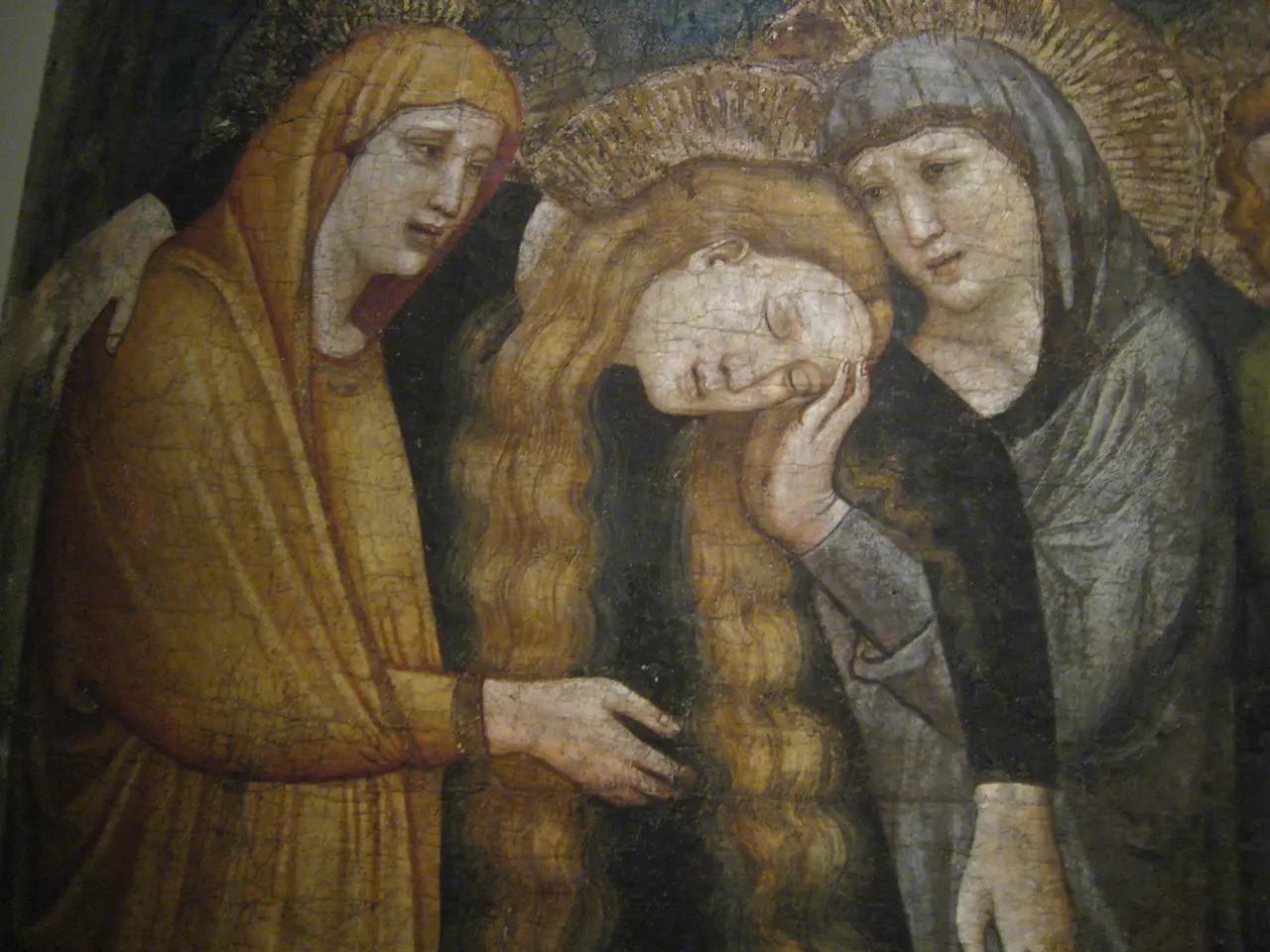Exploring Repeats and Cognitive Functions in the Human Mind
In the realm of psychology and art, repetition has long been a subject of intrigue and exploration. This article delves into the ways in which repetition is perceived, both in our daily lives and in various forms of creative expression.
Noted philosopher and psychologist William James discussed the perception of likeness and difference in his seminal work, "The Principles of Psychology, Vol. 1". He posited that human beings are hardwired to detect both identical (same) and identical but with a 'comparatively limited difference' (same/except) repetitions.
This concept is exemplified in the popular online game, "Spot the Difference", where players are tasked with finding differences between two similar images. The game raises the question of whether the two images are repetitions of one another or if they are subtly different.
In the world of art, repetition takes on various forms. Andy Warhol's "Campbell's Soup Cans" is a perfect example of same/except repetition, with each can being the same as every other can except for the label. Similarly, Duke Ellington's "Satin Doll" employs same/except repetition in music, with the first two bars being the same as the third and fourth bars but different in pitch.
Rhyme, a form of repetition where words have the same ending sounds, has a rich history in English poetry. It can be traced back to the 10th century with the Old English "Rhyming Poem". However, poet John Milton, author of the epic poem "Paradise Lost", eschewed rhyme, offering a unique take on poetic tradition.
The social psychologist Robert Zajonc wrote an article in 1968 describing the Mere Exposure phenomenon, which states that repeated exposure to a stimulus object enhances the subject's attitude toward it. This phenomenon suggests that humans have a hard-wired self-monitoring mechanism that registers sameness as safe and difference as a warning.
Keyser, Editor-in-Chief of the journal Linguistic Inquiry, and theoretical linguist Samuel Jay Keyser have also explored the role of repetition in art and language. Their work suggests that artists repurpose the survival mechanism of repetition for their own ends to ensure that their works elicit pleasure.
Teresa Vittucci, a contemporary artist, uses repetition in her performative works to evoke well-being. Her ritual of embracing, for instance, stimulates trust, empathy, and relaxation among the audience, activating emotional and biopsychological responses that promote a feeling of comfort and connection.
Identical repetition occurs all the time in music, such as in jazz standards and Mozart's "Rondo alla Turca". In the visual arts, Roni Horn's book pairs photographs of the same but not quite identical face, and the pleasure is in detecting the difference.
The evidence shows that human beings can make judgments about identical and identical but with a 'comparatively limited difference' repetitions. This innate ability to discern sameness and difference forms a fundamental part of our perception and interaction with the world around us.
Read also:
- Alcohol and Hormones - A Delicate Equilibrium Prone to Disruption
- Latest Principal Information Bureau Announcements on 12-09-2025
- Guidelines for resuming operations: Strategies for hotels to utilize their resources beneficially during the ongoing lockdown period
- Struggling Japanese women try to find a footing in the male-dominated realm of Japanese sumo wrestling








